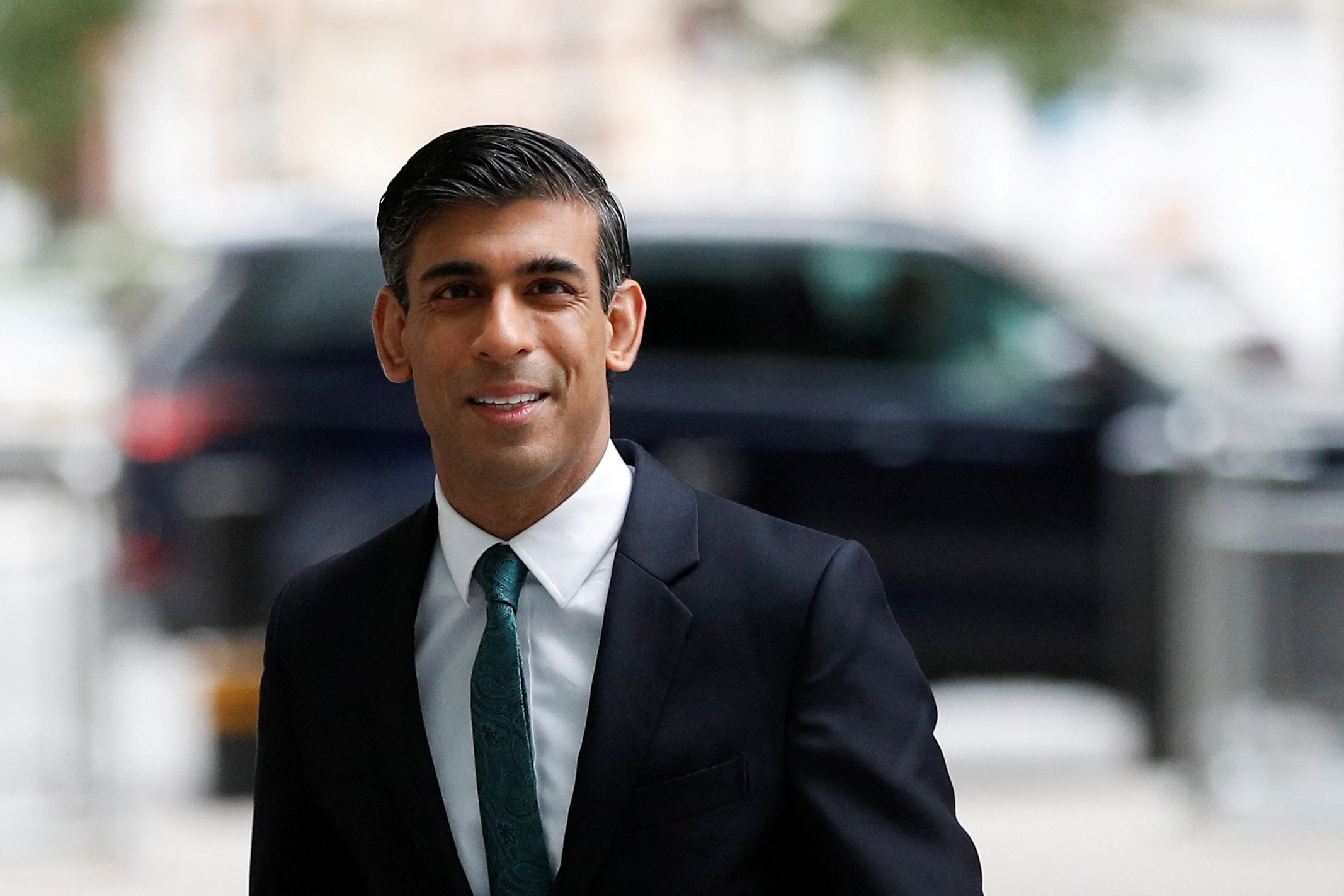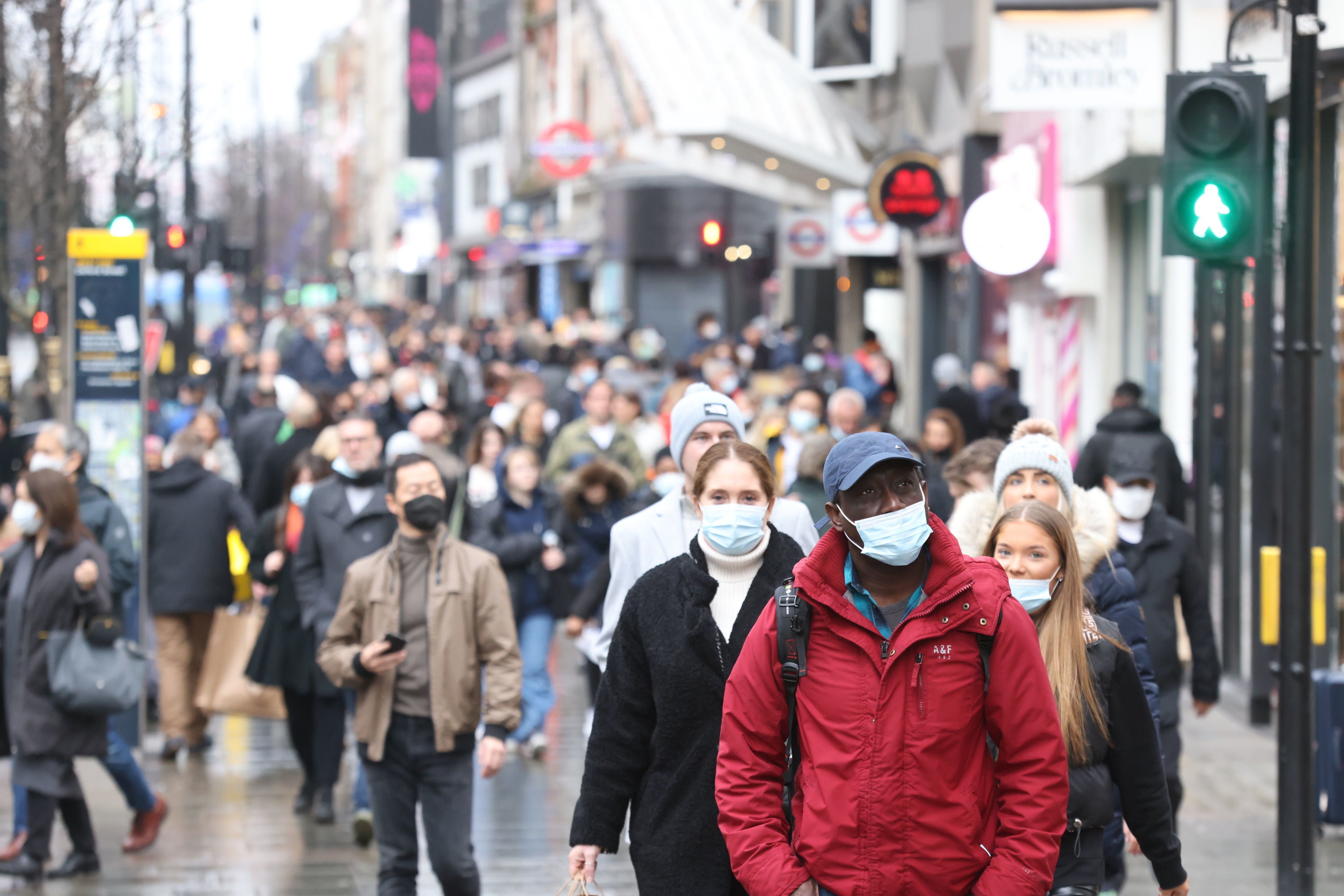Shrinking real incomes could prove a new year nightmare for Rishi Sunak
As GDP and wage growth stall, inflation is still climbing sharply, writes Anna Isaac


There’s little cheer for the chancellor, Rishi Sunak, as he looks to spin a positive narrative about the UK economy in the year ahead.
Wage growth is expected to stay below inflation throughout 2022, according to a forecast from the Resolution Foundation, an economic think tank that examines living standards. In its words: “The medium-term outlook for wages is uncertain but far from rosy.”
The upshot: families can expect an extremely painful £1,200 hit from next April on average, as taxes and energy prices rise.
The holiday season was cancelled for some Treasury officials when the Bank of England revealed in mid-December that it now believes inflation could reach 6 per cent in spring next year. Few officials can remember a time when price growth was so strong. The central bank’s forecast is three times the Bank of England’s 2 per cent inflation target.
But few economists expect there to be much aid from Threadneedle Street in the coming months. Higher domestic interest rates can do nothing to quell energy price spikes on international markets.
So, what can No 11 do? It can hope that wages stop climbing across the board, as wage growth can end up feeding inflation in a self-perpetuating spiral. This was the nightmare scenario of the 1970s, as Jill Rutter, a senior fellow at UK in a Changing Europe, told The Independent on Wednesday – the worst possible fear for the Treasury.
The Treasury could rethink April’s tax rises, intended to help pay for NHS repairs after the pandemic via higher national insurance contributions. These will eventually be switched towards funding social care against the backdrop of an ageing population.
Yet that would force the chancellor to borrow more, particularly if GDP growth continues to lose momentum or even swing negative in the first half of next year – and he will be keen to avoid further borrowing, having already had to offer huge sums to support the economy through the pandemic.
After the epic costs of furlough, and other mitigations to help businesses and consumers through the impact of Covid-19 restrictions, many Tory MPs and cabinet ministers are opposed to any further splurges.
Swift tax cuts to ease the pressure on household budgets are unlikely to be introduced. Although Sunak’s Budget underlined his ambition to be a low-tax chancellor, the tax burden is now at its highest level since the early 1950s.

The chancellor has tasked officials with creating a blueprint for lower taxes in recent weeks, with the aim of reporting early on in 2022, and Sunak is set to deliver a spring statement in March next year. Still, it is not clear whether he might announce tax-cut plans early in 2022, particularly as the Treasury wants to have just one annual Budget each autumn.
Investment in skills and infrastructure, along with relaxing immigration rules, are potential routes for boosting productivity – the “goldilocks” growth that increases profits and wages without feeding inflation. The Treasury has shown it is keen to try to focus on these areas, with policy ambitions such as those laid out in its net zero review.
Still, productivity growth has been the holy grail of many governments, to little avail. And where policy efforts have paid off, none have been short-term wins.
Sunak is very eager to boost productivity, and has made a close personal study of the issue, but he will also understand it is no overnight salve in the face of rising inflation.
The impact on the UK’s poorest households is likely to be so severe that the government will be forced to act. The harder question is whether even the weak GDP growth the UK has achieved in recent months can be sustained if consumers, particularly those who have added to their savings during lockdowns, are too worried about the economy to go out and spend.
Households will be feeling the pinch in 2022, but there may still be some pent-up demand to tap once the cloud of Omicron lifts a little. That could help improve the outlook for the chancellor’s ability to borrow – based on his fiscal rules.
However, Sunak will be left with few tools in his armoury if savers do not become spenders in the year ahead. It will be similarly bleak if wages continue to climb, because businesses may be forced to slash headcount to allow them to offer above-inflation salary increases to key staff. And higher wages could further feed inflation.
Although this kind of wage-driven domestic inflation is something that the Bank of England can address, raising its key interest rate adds to businesses’ and households’ borrowing costs, potentially acting as a handbrake on GDP growth.
A hard, lasting squeeze on incomes in the run-up to the next general election – something that some inflation and GDP forecasts are starting to hint at – could be very costly indeed. There is no stronger example of cut-through than what is left in the bank account at the end of the month.






Join our commenting forum
Join thought-provoking conversations, follow other Independent readers and see their replies
0Comments